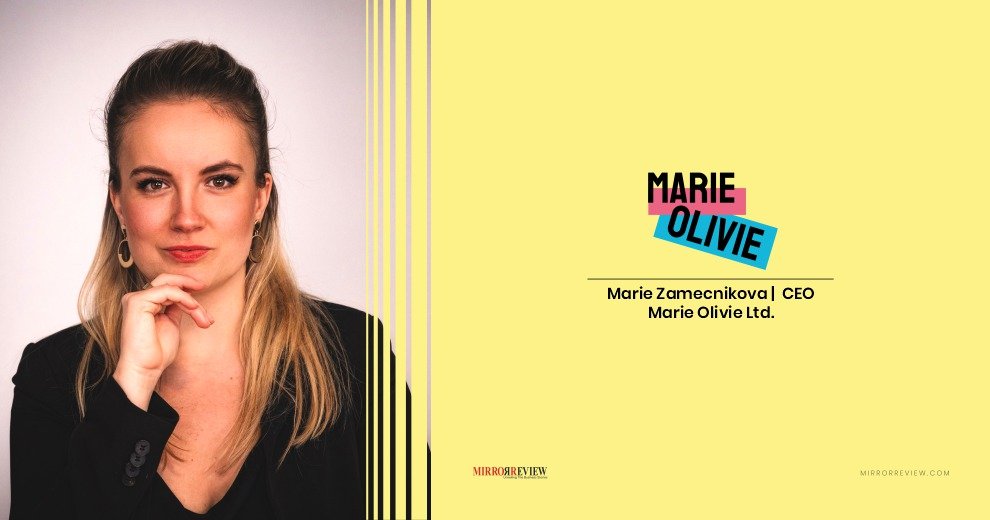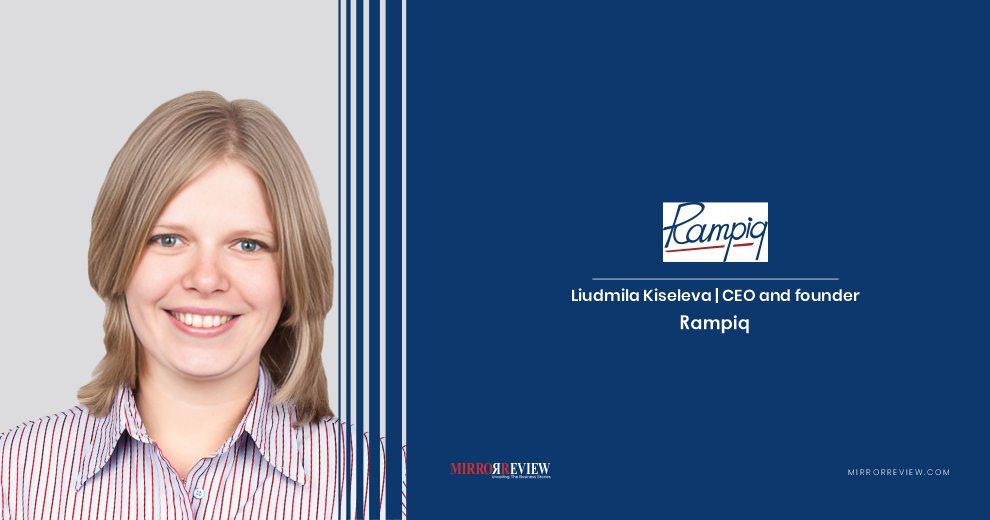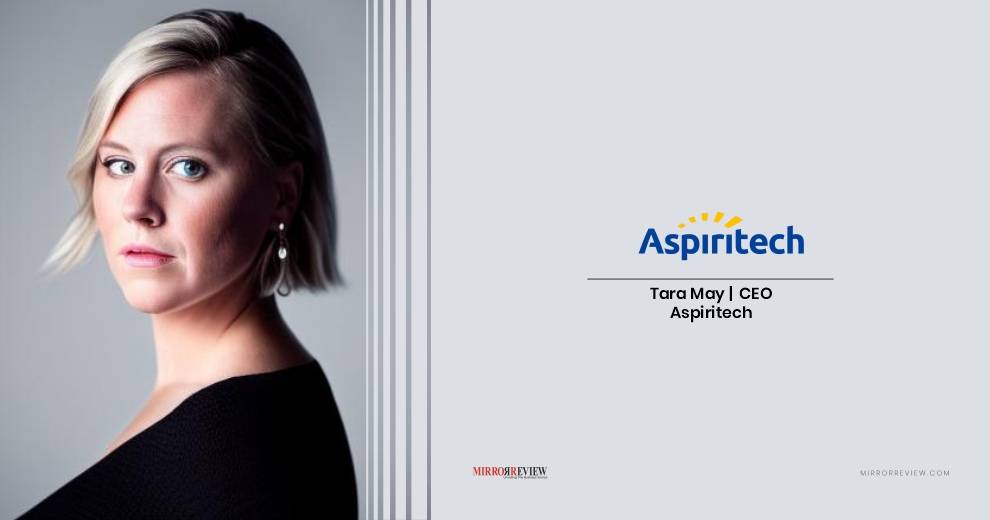Tech Innovators: The 10 Most Influential Women in 2025
Viktoria Soltesz: The Architect of Financial Revolution and Global Payment Mastery
The 10 Revolutionary AI Leaders of 2025.
John Atkinson: Leading AI Education and Innovation
The Top 10 Business Women Leaders: Celebrating Female Empowerment on Women's Day, 2025
Andrea Albright: Revolutionizing Publishing through Vision and Innovation
The 10 Most Influential Women in 2025
Dr. Rita E. Stuckey: Leading the Fight Against Elder Abuse
In the fast-evolving world of wellness, few leaders stand out like Tony Calamita, Co-Founder and CEO of Love Hemp.In the fast-evolving world of wellness, few leaders stand out like Tony Calamita, Co-Founder and CEO of Love Hemp.In the fast-evolving world of wellness, few leaders stand out like Tony Calamita, Co-Founder and CEO of Love Hemp.

Latest News
- Industry News
- Popular News
- Recent News
Before the digital age fully transformed how we tell stories, a visionary leader was already reshaping media. In a world increasingly seeking …
As we move into 2025, and recognize the people changing our world, Dr. Rita E. Stuckey shines as a beacon of hope …
Every business claims to value leadership. Few understand what it takes to build leaders who inspire, engage, and drive real results. Pamela …
“The most successful leaders aren’t only rational,” Yda Bouvier insists. “They possess a unique blend of logic and intuition, a sixth sense …
In our increasingly digital world, the threat of cyberattack is not some distant worry – it’s a daily reality for businesses and …
Key points: The hum of progress, the whir of innovation—these are the sounds that define the career of Laura Azpilicueta. A leading …
Tech Innovators in 2025
Savneet Singh, President and CEO of PAR Technology, transformed the company from the brink of bankruptcy in 2018 to a $2 billion success story, leading its revival in the restaurant tech space.Savneet’s leadership drove PAR’s rapid growth, with software revenues soaring from $10 million to over $200 million.


-
Tech Innovators
Viktoria Soltesz
Viktoria Soltesz (founder and CEO of PSP Angels Group) leads an independent payment consultancy known for its expertise in banking and finance.
-
AI Leaders
John Atkinson
As artificial intelligence reshapes industries, organizations face challenges in harnessing its potential while addressing ethical considerations and regulatory requirements
-
Business Women Leaders
Andrea Albright
Before the digital age fully transformed how we tell stories, a visionary leader was already reshaping media.
Tech Innovators
Viktoria Soltesz
Viktoria Soltesz (founder and CEO of PSP Angels Group) leads an independent payment consultancy known for its expertise in banking and finance
AI Leaders
John Atkinson
As artificial intelligence reshapes industries, organizations face challenges in harnessing its potential while addressing ethical considerations and regulatory requirements.
Business Women Leaders
Andrea Albright
Before the digital age fully transformed how we tell stories, a visionary leader was already reshaping media.








































